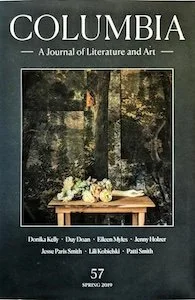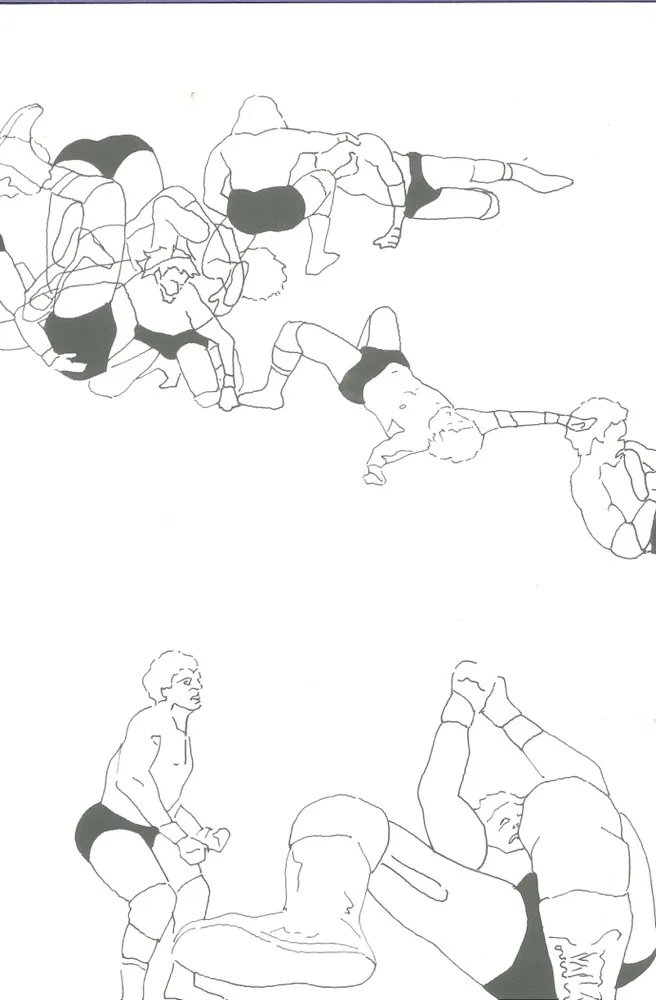To The Stars & Other Stories
As one of the early Russian Symbolists of the late nineteenth century Sologub—like his artist in “The Lady in Shackles,” another story in the collection—is of paltry fame but important talent. Better known for his poetry and novels, he’s credited for bringing the cynical and macabre motifs of Western Europe’s fin de siècle to Russian literature.
Through the Eyes of Winged Things: The Birds and Ghosts of Jess Richards
Jess Richards’ memoir Birds and Ghosts is peppered with pencil sketches of birds—peppered because the specks of bird appear like grains of pepper, coalescing into network structures. Poetry, lyric essay, memoir, prose poetry, occult reflections, and sketches join to form a map, a network, shaped like a brain by connections and synaptic firings.
The Horror of the Ordinary in Emma Cline’s The Guest
The Guest is all about nonattachment. It follows a twenty-two-year-old woman named Alex as she is expunged from the home of Simon, the wealthy older man she has been staying with for the summer. The narrative action clings, as though in real time, to the five days she is left to wander the “wilderness” of Long Island’s East End, until a party on Labour Day, when Alex hopes to re-attach herself to Simon, and the trappings of his rarefied life.
History and Homeland in Monika Helfer’s Last House Before the Mountain
Austrian writer Monika Helfer’s 2020 novel Die Bagage—recently released in English under the title of Last House Before the Mountain (Bloomsbury, April 2023), and translated by Gillian Davidson—is a story of home and homeland, of belonging and alienation, of secrets that span generations.

































